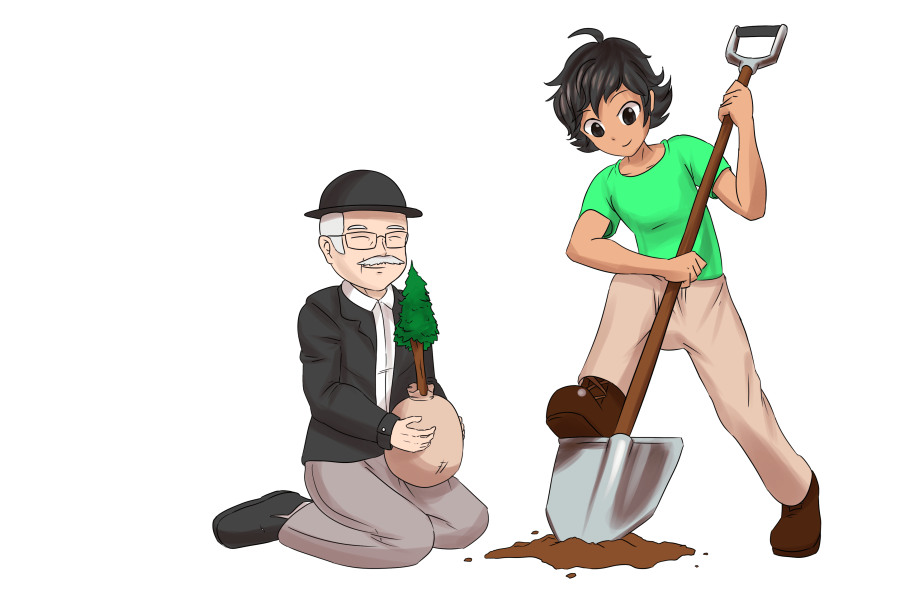A quick glance around campus and the class divide is relatively apparent. Eager freshmen are identified by a hopeful gait and an iconic lanyard laced across their necks. Sophomores still manage to maintain an optimistic sparkle in their eyes, but perhaps they trudge down toward Geisel. Nevertheless, they walk much faster than the junior carrying a GRE handbook in one hand, Americano with a quad shot of espresso in the other. And the senior? Found at home in a peaceful slumber as their lower division history of Peru discussion takes place in Mandeville.
But what even more clearly distinguishes the “grade gap” is not these seemingly identifiable physical markers. Instead, it is the subtle and silent, but universally understood, force that creates conglomerates of first, second, third, fourth (and fifth) years. Arguably, living in dorms keep freshmen with freshmen, classes shepherd sophomores and juniors to save seats for other correlating comrades they had met the previous years and seniors cluster with seniors out of group anxiety for what’s to come. While there are outliers who seamlessly migrate class to class, this hypothesis — untested but observed — still highlights the dissonance between the ages.
The point is, even with an average difference of only four or five years between the oldest and youngest of students at UC San Diego, it is uncommon to see freshmen spark conversation with seniors and vice versa. Extrapolating this into the San Diego community at large, imagine then the unlikely chance for a 20-year-old student to grab coffee with an 80-year-young retiree. Social cohesion tends to work in this way; similar demographics gravitate toward their common likeness, and intergenerational, non-familial relationships tend to remain unheard of. And with that, misconceptions and miscommunications are bound to ensue.
This is where Grand Partners in Service interrupts our narrative of community. This service-oriented, student-run organization looks to “engage with local volunteer opportunities with undergraduate [UCSD] students and senior citizens of the San Diego community.” Community service alone grants merit, but community service intertwined with community building, especially between and among age groups, is an innovative, yet often unthought of, necessity. Moreover, Grand Partners in Service not only seeks connection of people but ideas related to justice to cultivate “activism and compassion” among the ages through their vision statement.
Founded this past January, Grand Partners in Service took off when participants in the Life Course Scholars Program sought a way to create an intergenerational community through events like a Balboa Park Walking Group to engage senior citizens with physical activity. They currently partner with Casa de Manana, a retirement home based in La Jolla, to other ways to couple health promotion and social connection between different age groups.
What results is an organization that seeks to promote global justice and humanitarian activism by bridging the gap between learning through lived experiences and experimenting with new ideas. Grand Partners in Service reconciles the old and the young to seek both friendship and partnership to cultivate a new culture that appreciates what different perspectives have to offer. Interested? Check out Grand Partners in Service on Facebook or through this link for more information: http://studentorg.ucsd.edu/RdOnlyDetail.aspx?data=7181








